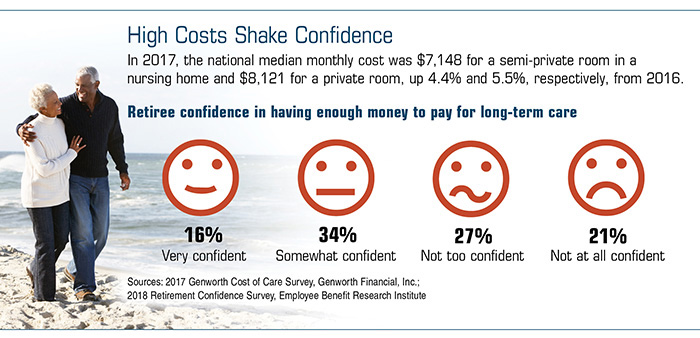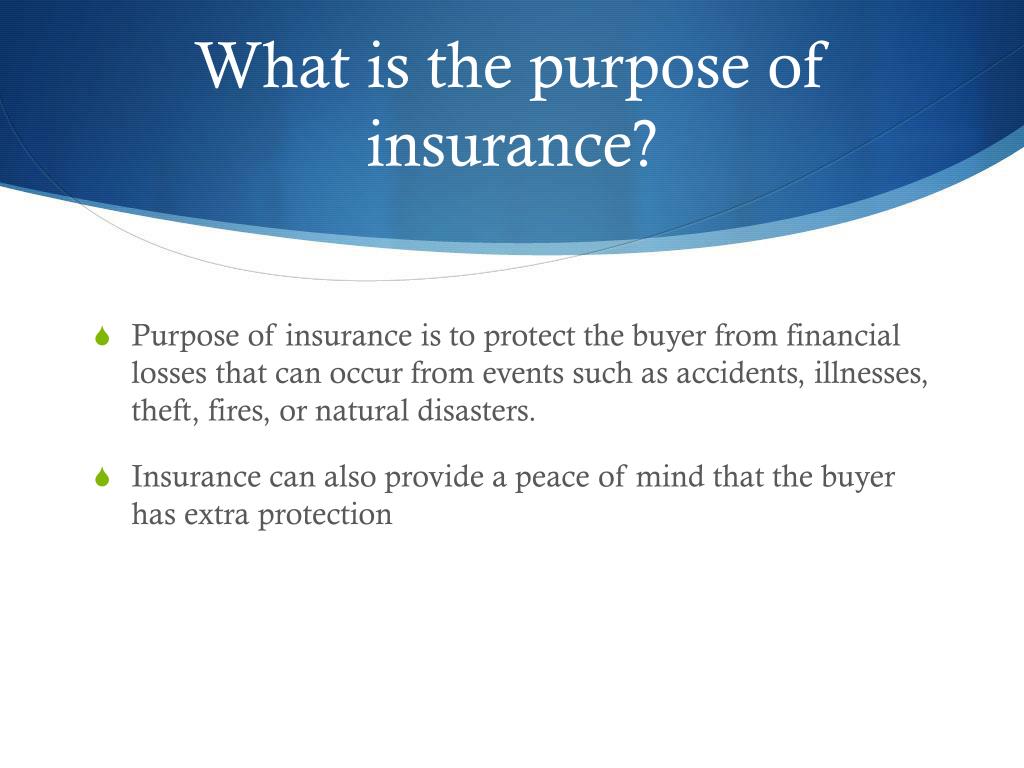The Buzz on Pacific Prime
The Buzz on Pacific Prime
Blog Article
Some Known Incorrect Statements About Pacific Prime
Table of ContentsThe Greatest Guide To Pacific PrimePacific Prime for BeginnersThe Buzz on Pacific PrimeSee This Report about Pacific Prime3 Easy Facts About Pacific Prime Explained

This is because the data were accumulated for a period of solid financial efficiency. Of the estimated 42 million individuals that were without insurance, all but regarding 420,000 (concerning 1 percent) were under 65 years of age, the age at which most Americans come to be qualified for Medicare; 32 million were adults between ages 18 and 65, about 19 percent of all adults in this age; and 10 million were youngsters under 18 years of age, about 13.9 percent of all kids (Mills, 2000).
These quotes of the variety of individuals uninsured are created from the annual March Supplement to the Present Population Survey (CPS), performed by the Census Bureau. Unless otherwise kept in mind, national estimates of people without medical insurance and percentages of the populace with various kinds of protection are based on the CPS, the most commonly utilized resource of estimates of insurance coverage and uninsurance rates.
The Only Guide to Pacific Prime

Still, the CPS is especially useful because it creates annual estimates reasonably rapidly, reporting the previous year's insurance policy coverage approximates each September, and because it is the basis for a consistent set of quotes for more than two decades, permitting evaluation of fads in coverage gradually. For these factors, along with the substantial use of the CPS in various other research studies of insurance policy coverage that are offered in this report, we count on CPS estimates, with limitations noted.

The price quote of the number of uninsured people broadens when a population's insurance coverage condition is tracked for numerous years. Over a three-year duration starting early in 1993, 72 million people, 29 percent of the U.S. https://www.pinterest.com/pin/1093741459520423720. populace, lacked insurance coverage for at least one month. Within a solitary year (1994 ), 53 million people experienced a minimum of a month without insurance coverage (Bennefield, 1998a)
Six out of every 10 without insurance adults are themselves employed. Although functioning does boost the possibility that a person and one's relative will have insurance coverage, it is not a guarantee. Even members of families with 2 permanent wage earners have practically a one-in-ten opportunity of being without insurance (9.1 percent uninsured rate) (Hoffman and Pohl, 2000).
Pacific Prime for Dummies
New immigrants represent a considerable percentage of individuals without medical insurance. One evaluation has connected a considerable part of the current development in the dimension of the united state uninsured populace to immigrants who got here in the nation between 1994 and 1998 (Camarota and Edwards, 2000). Current immigrants (those that came to the USA within the past 4 years) do have a high rate of being without insurance (46 percent), yet they and their kids make up just 6 percent of those without insurance policy country wide (Holahan et al., 2001).
The partnership in between medical insurance and accessibility to care is well established, as recorded later in this chapter. Although the relationship in between medical insurance and health outcomes is neither straight nor straightforward, an extensive clinical and health and wellness services research study literary works links health insurance coverage to enhanced accessibility to care, better quality, and enhanced individual and populace health standing.
Degrees of evaluation for examining the effects of uninsurance. This conversation of wellness insurance policy coverage focuses mainly on the U.S. populace under age 65 due to the fact that virtually all Americans 65 and older have Medicare or various other public protection. In addition, it concentrates especially on those with no medical insurance for any type of length of time.
6 Simple Techniques For Pacific Prime
The troubles faced by the underinsured are in some aspects comparable to those dealt with by the uninsured, although they are normally much less extreme. Health insurance coverage, however, is neither essential nor enough to get access to clinical solutions. The independent and direct impact of health insurance policy protection on access to health and wellness solutions is well developed.
Others will obtain the healthcare they need also without medical insurance, by spending for it out of pocket or seeking it from service providers who supply treatment complimentary or at very subsidized rates. For still others, medical insurance alone does not guarantee receipt of care due to various other nonfinancial obstacles, such as an absence of wellness care suppliers in their neighborhood, minimal accessibility to transport, illiteracy, or etymological and cultural differences.
The Basic Principles Of Pacific Prime
Official research study concerning without insurance populaces in the United States dates to the late 1920s and early 1930s when the Committee on the Price of Medical Care produced a series of records about financing doctor workplace visits and hospitalizations. This problem ended up being prominent as the numbers of clinically indigent climbed throughout the Home Page Great Anxiety.
Report this page